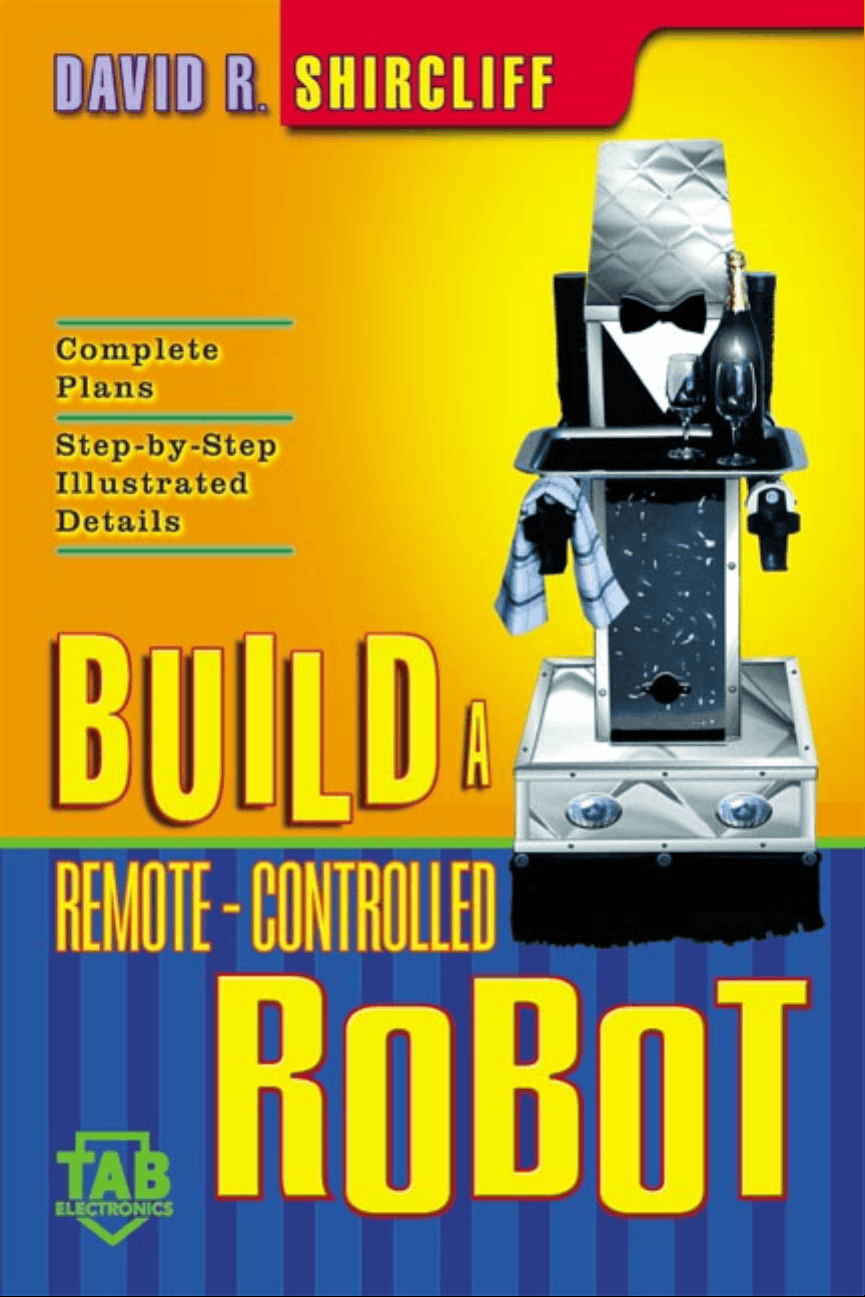

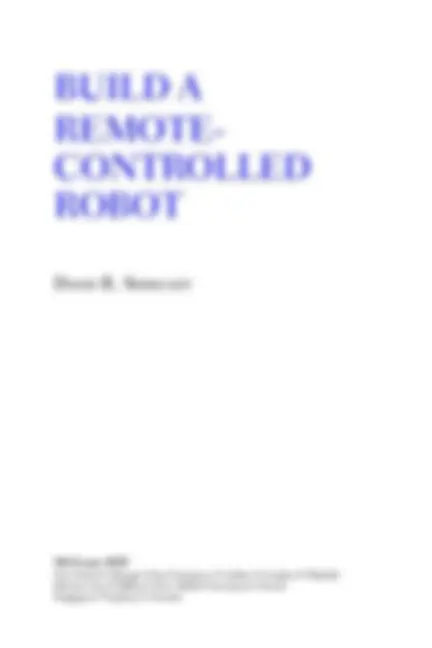




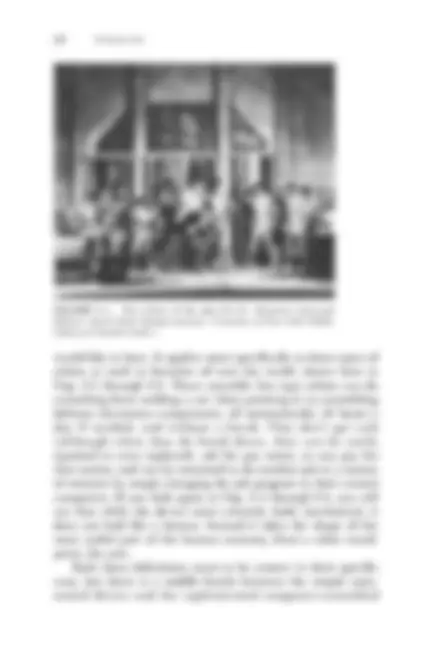
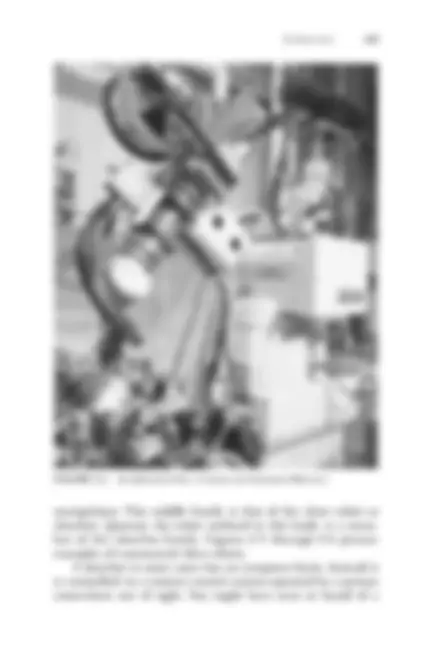
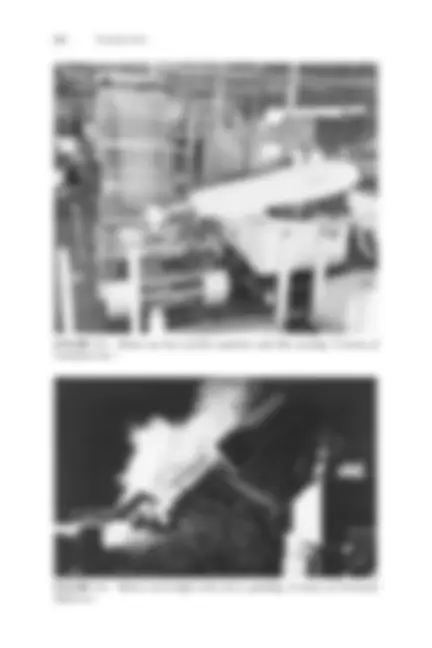
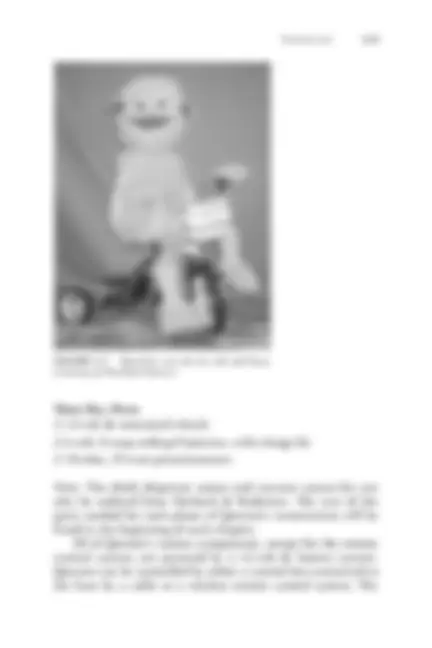
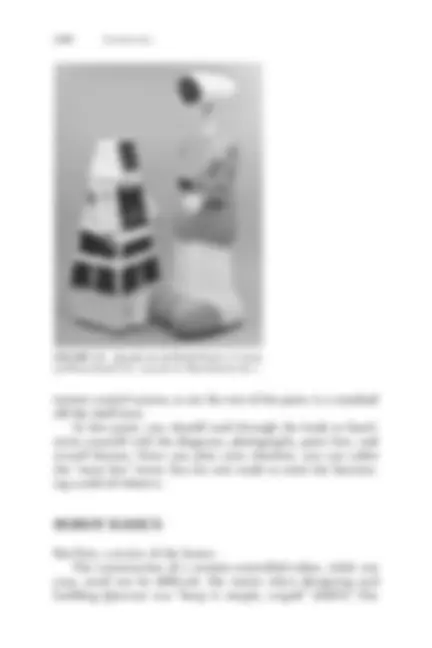
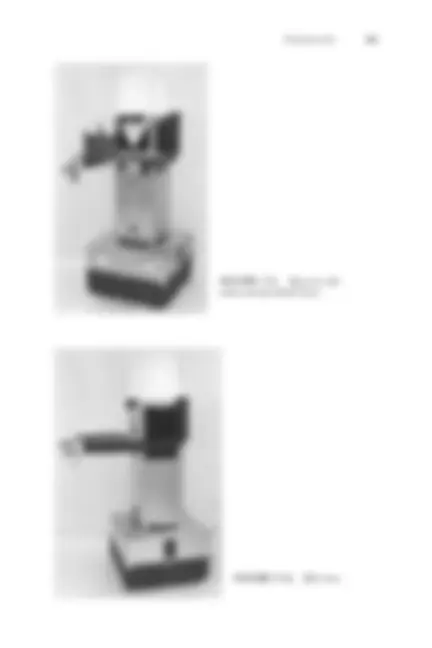
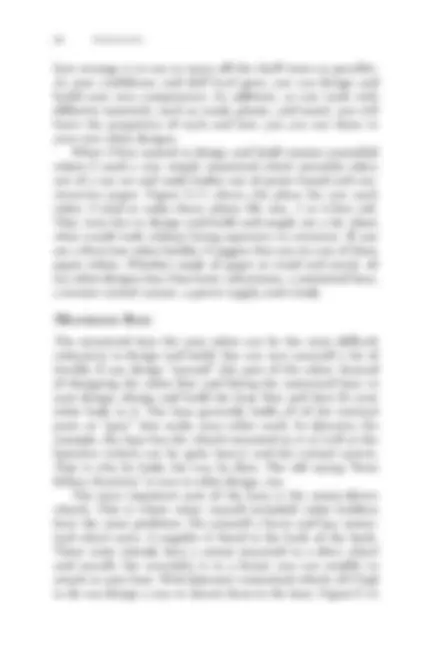
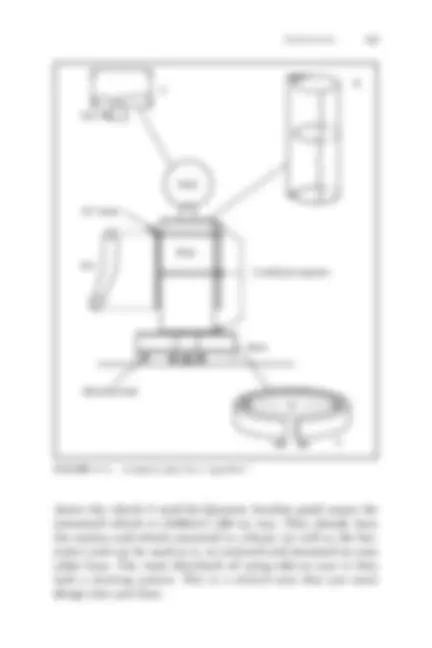
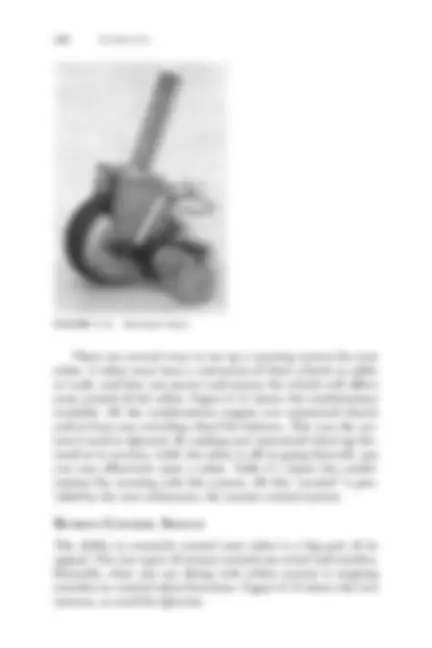
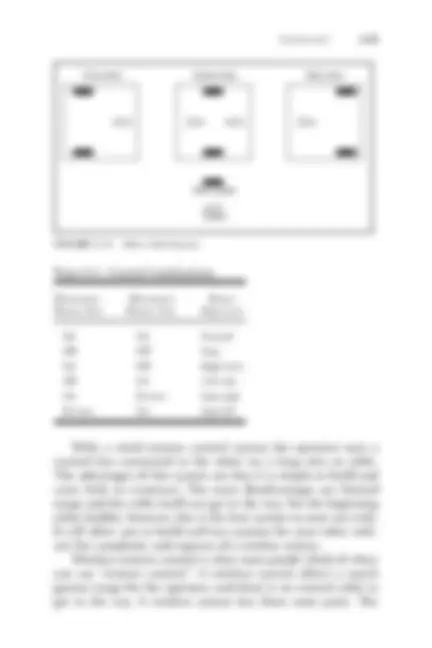
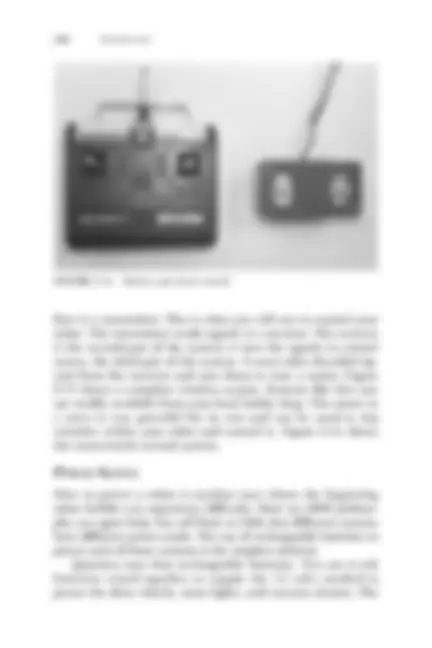
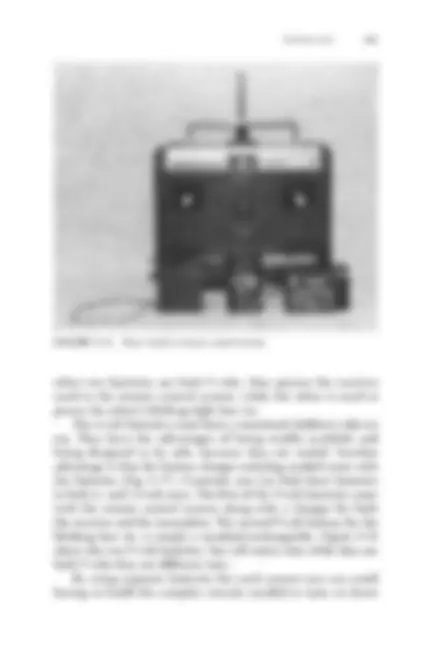
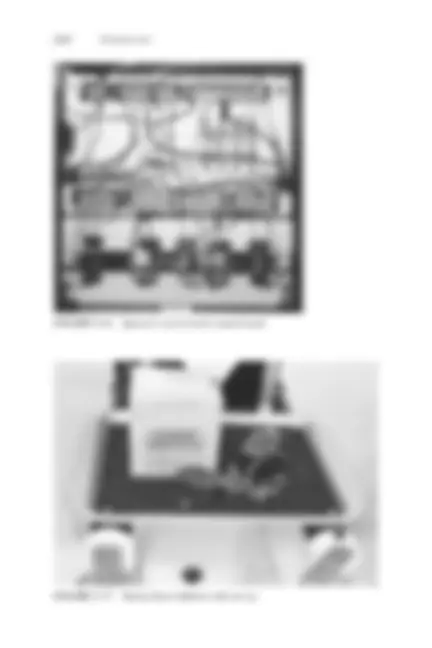
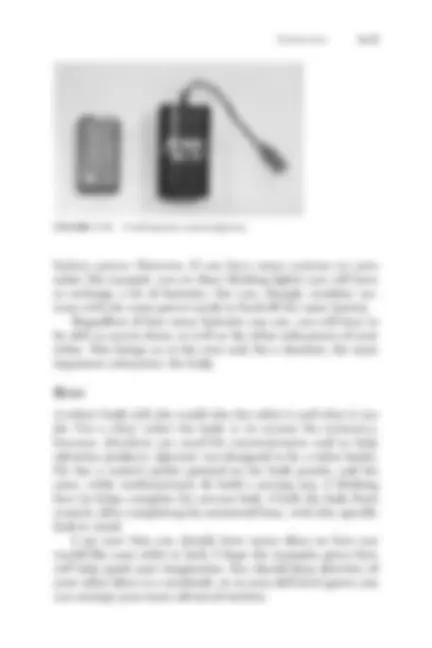
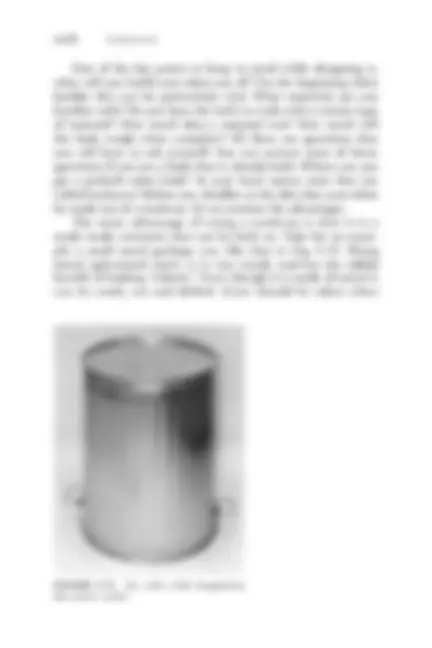
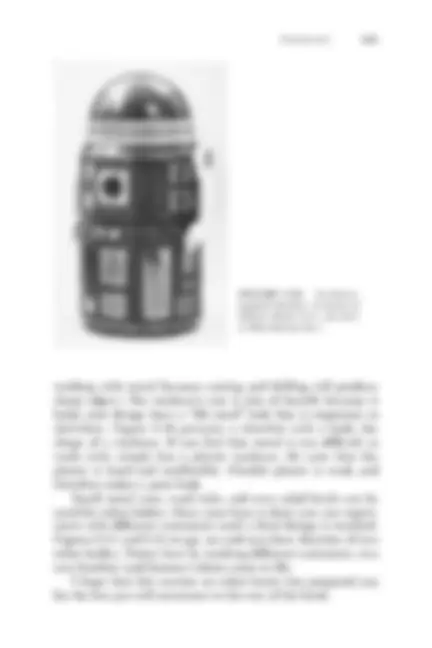
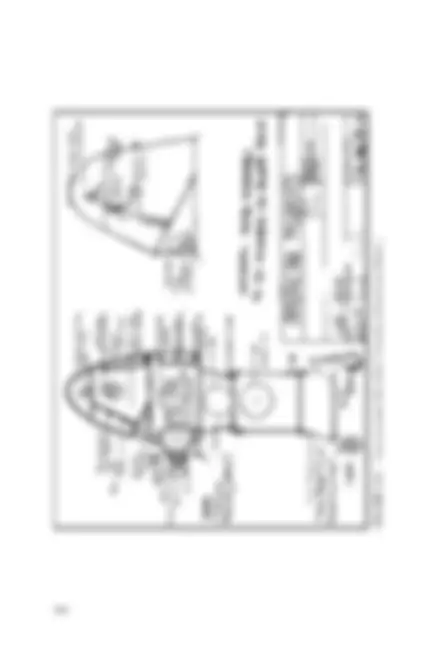
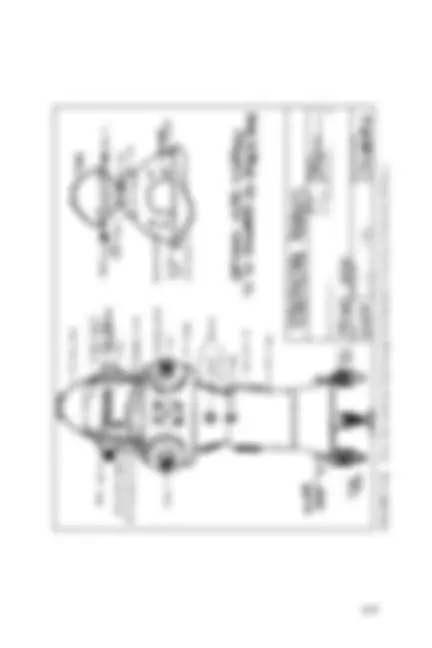

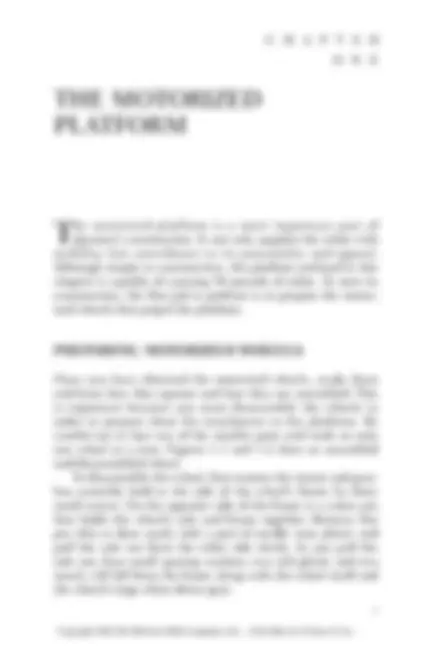
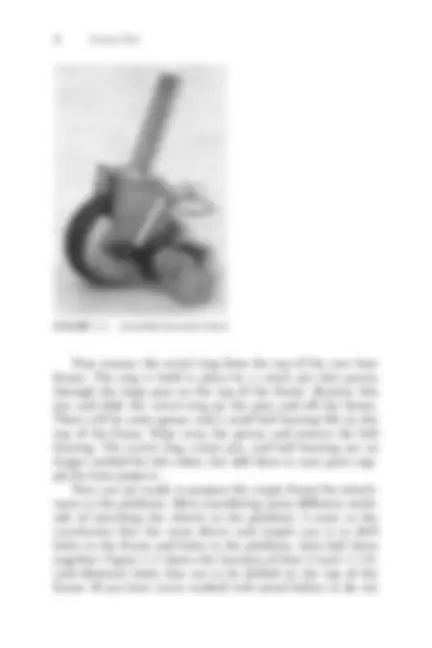
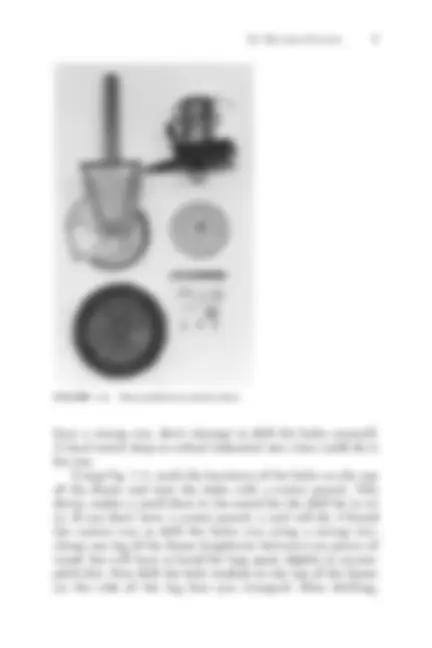
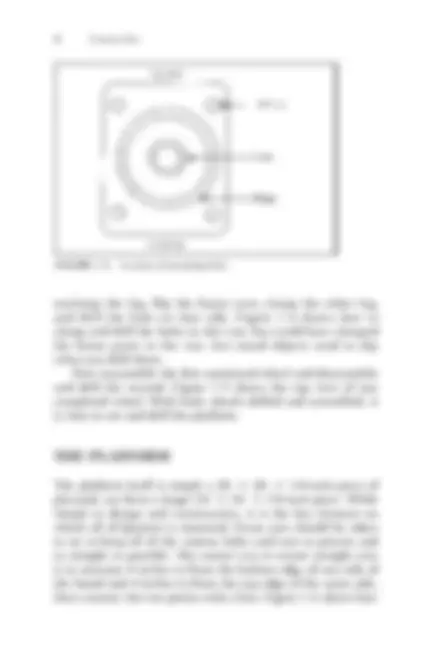
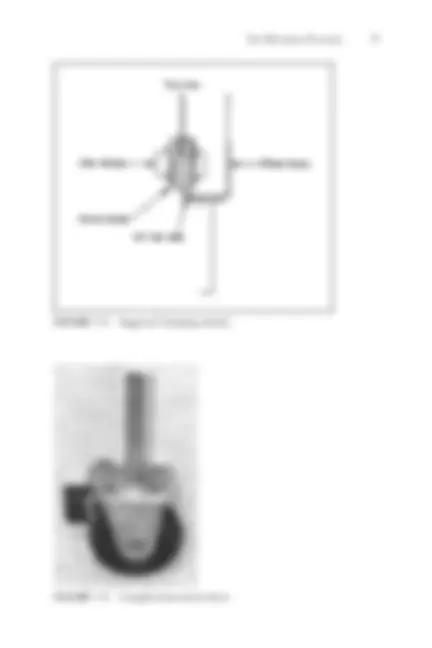
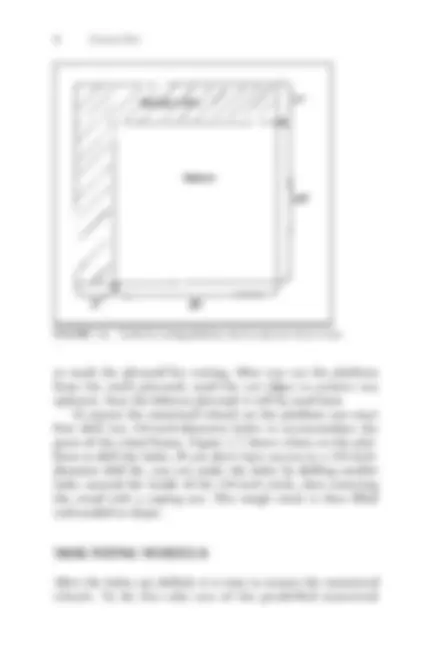
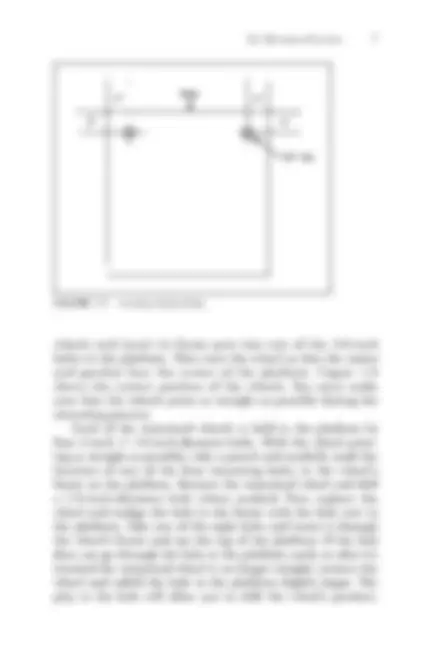
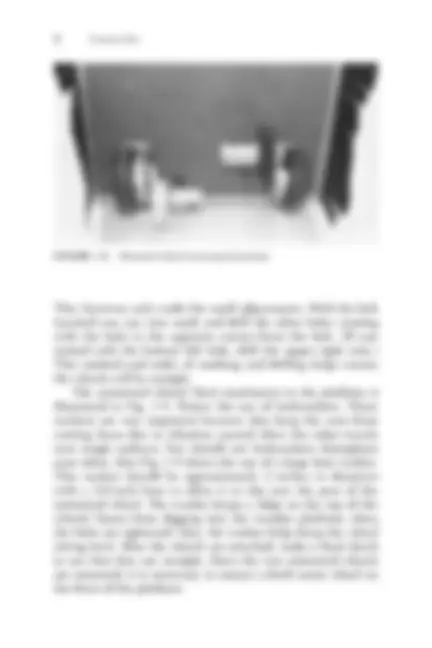
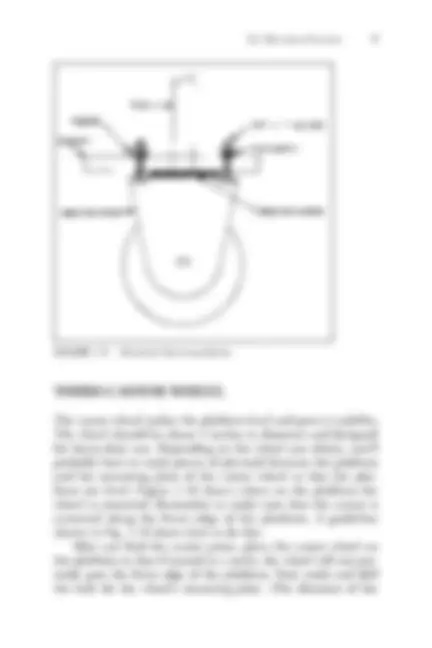
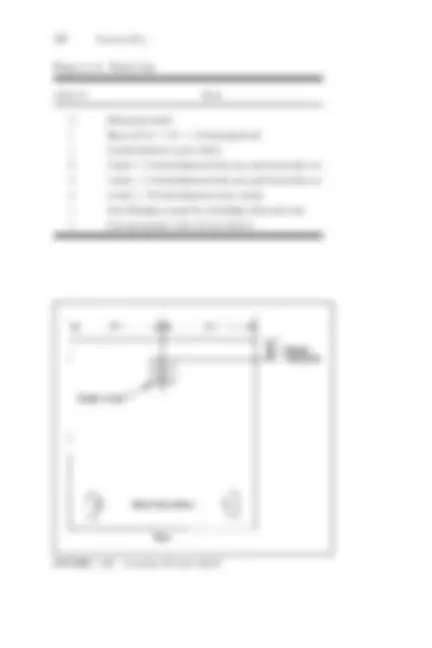
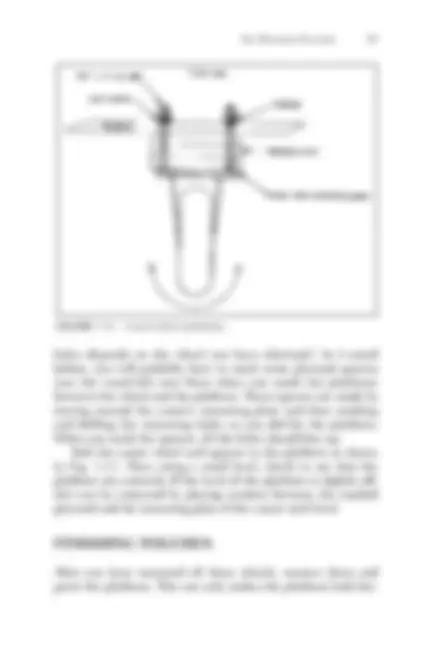
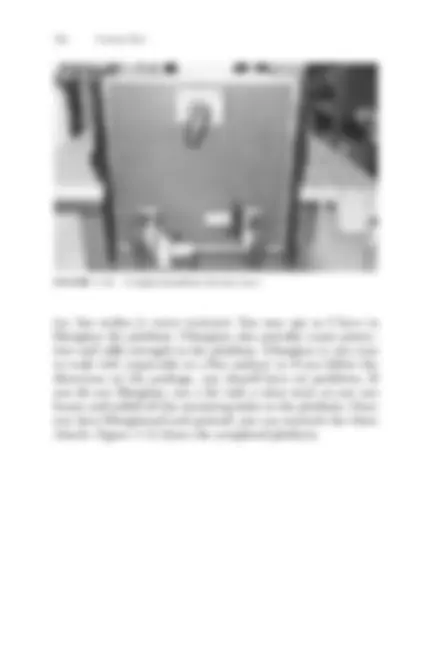

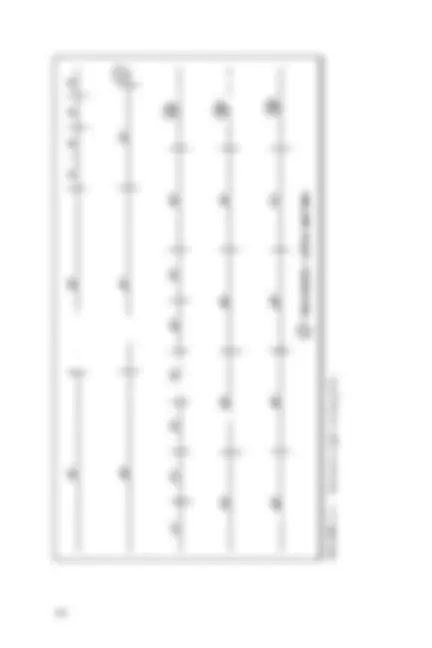
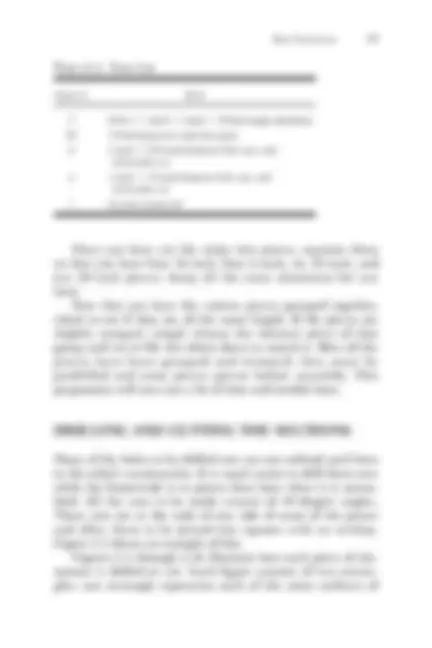
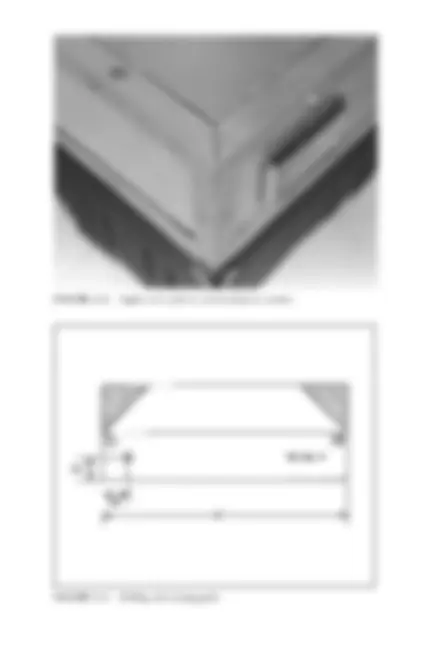
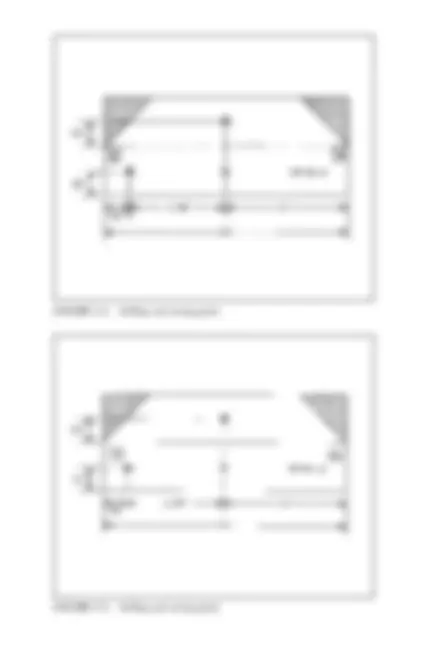

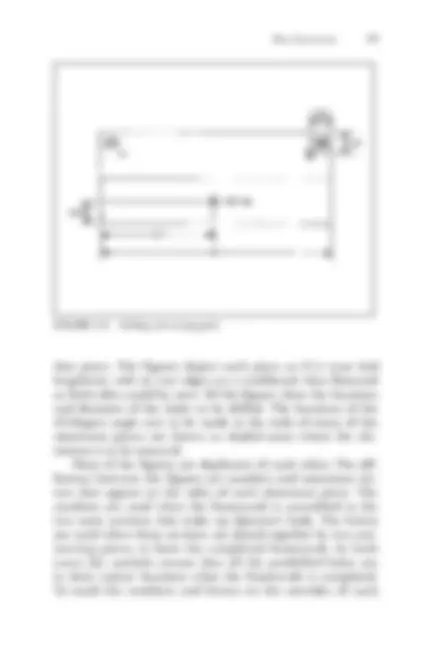
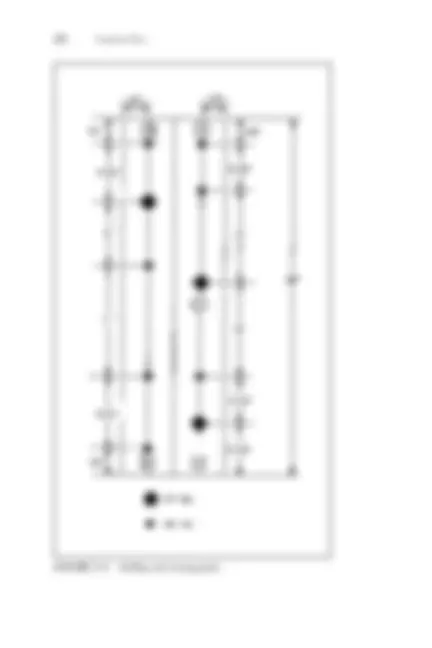

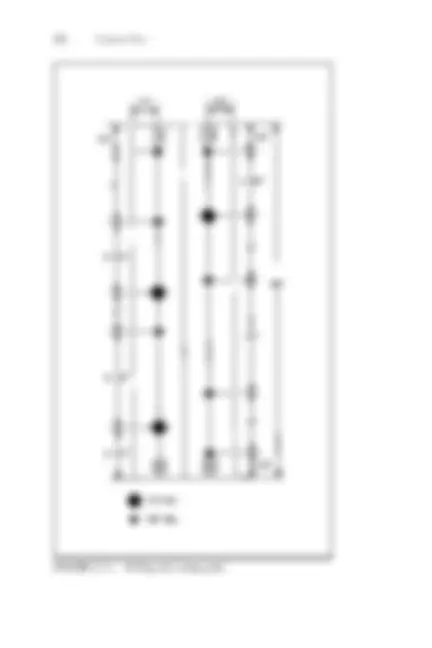
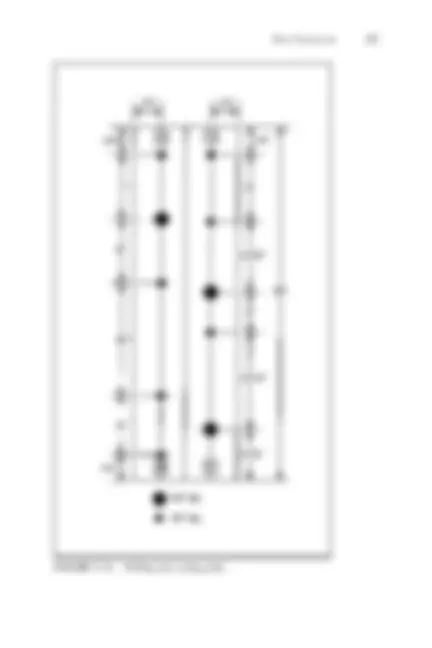
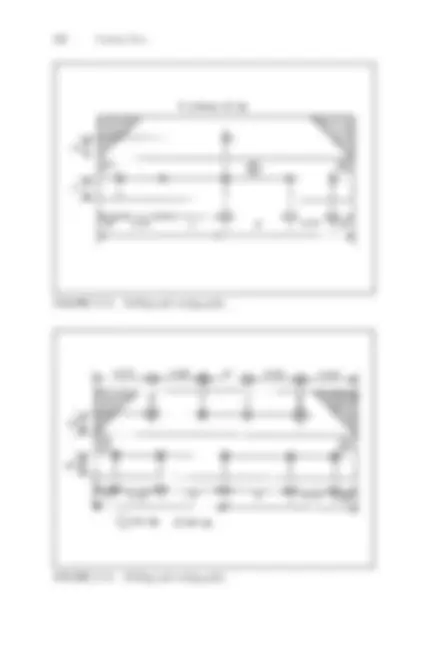
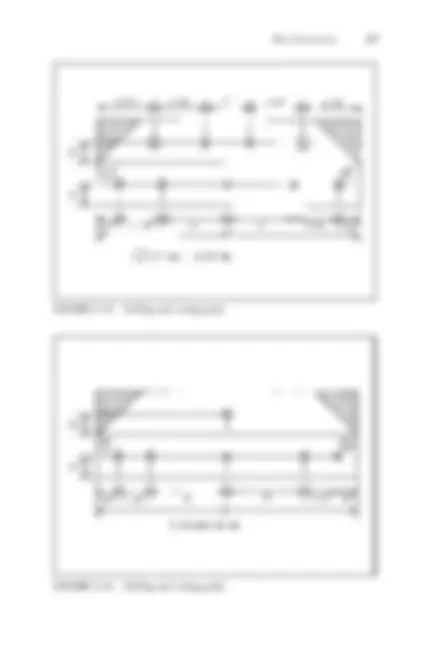
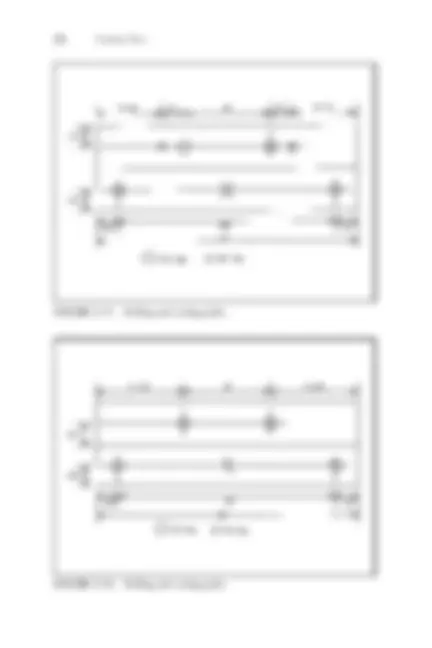
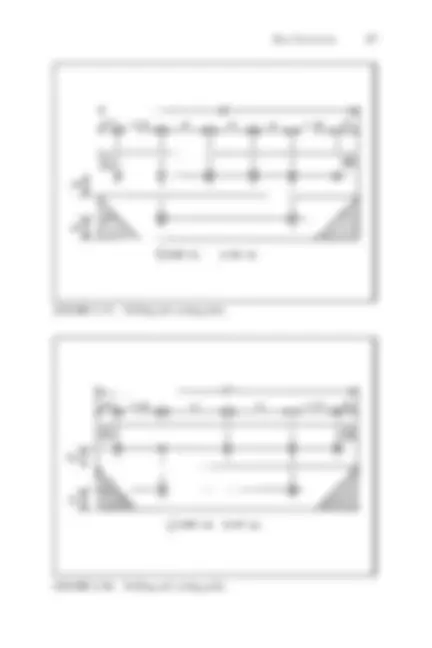
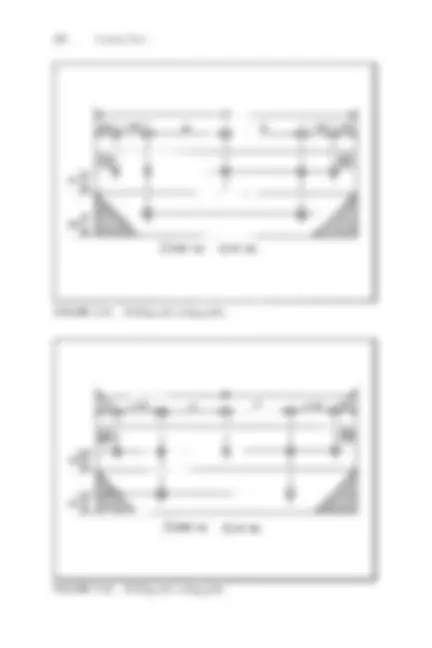
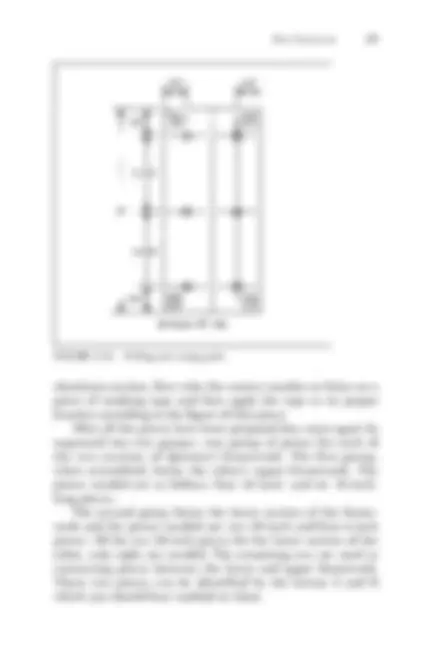
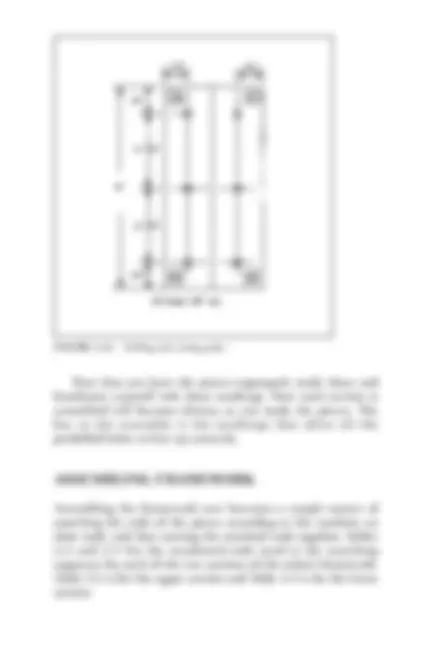

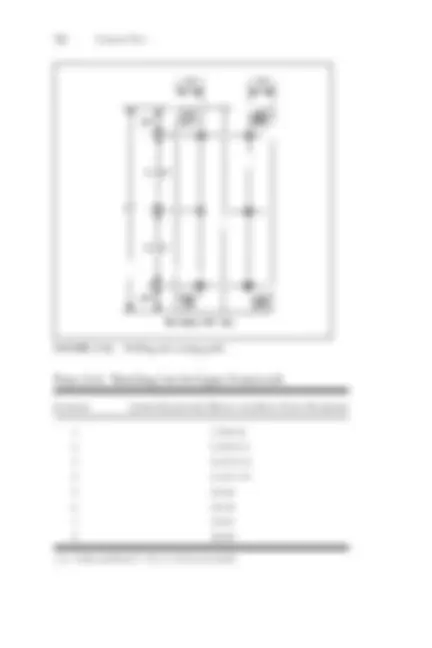
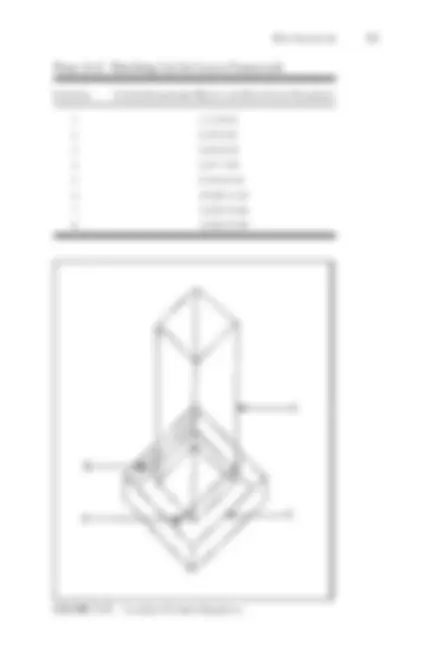

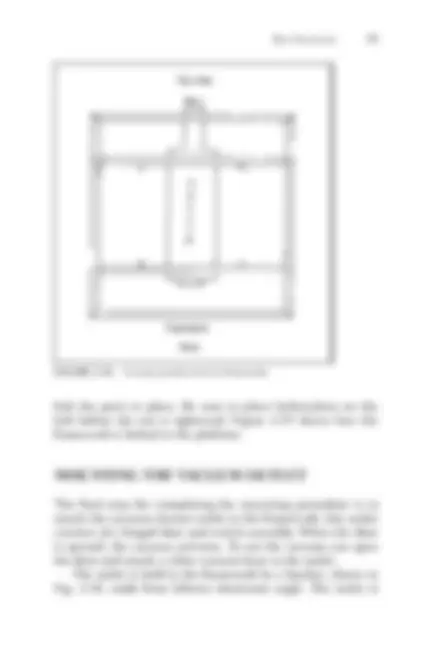
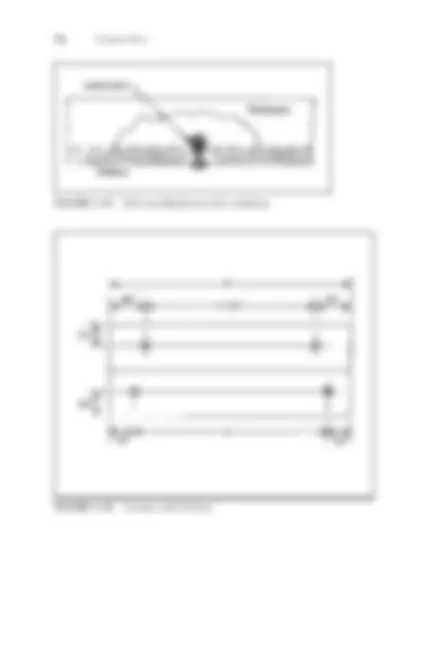
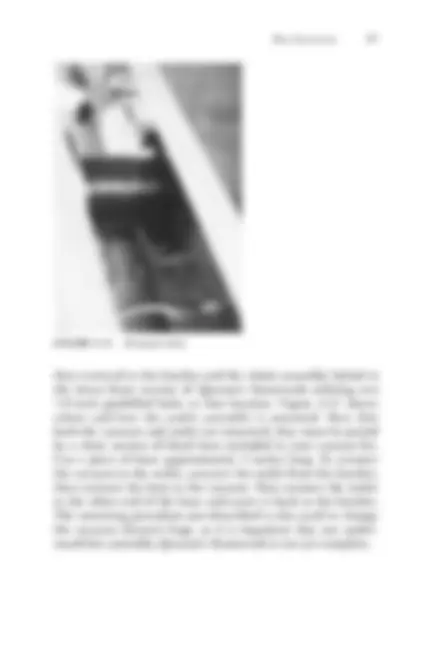


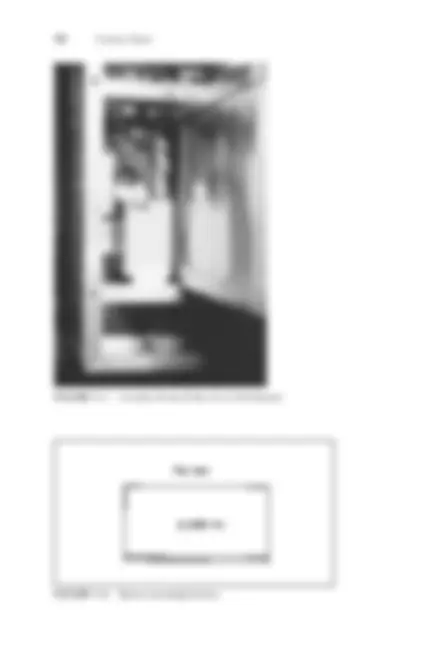
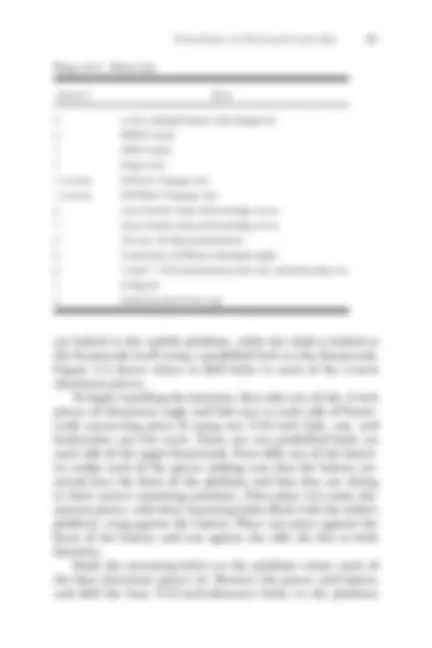
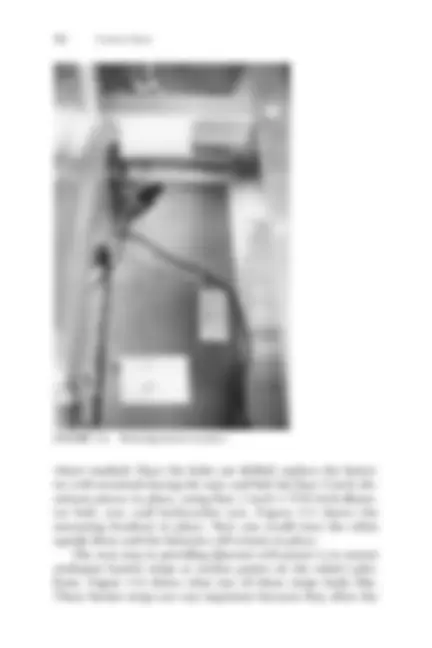

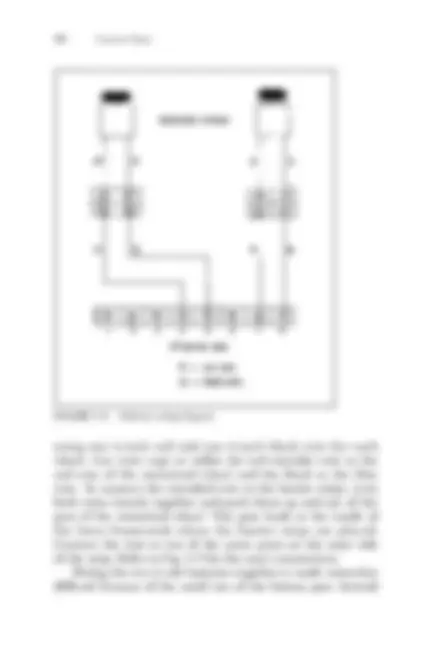

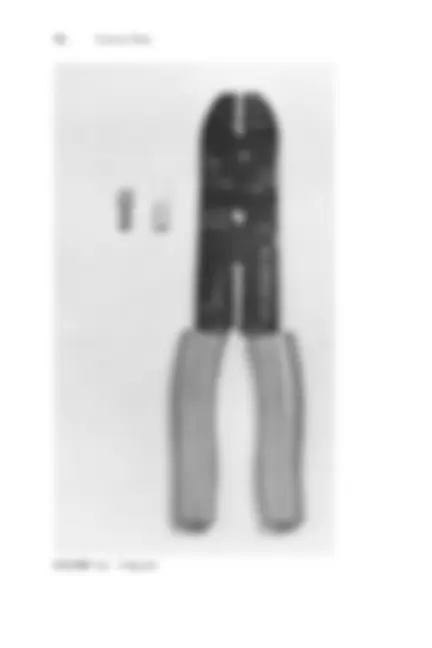
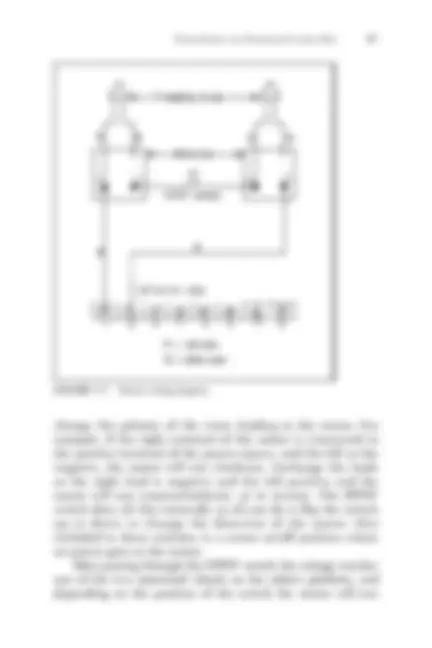
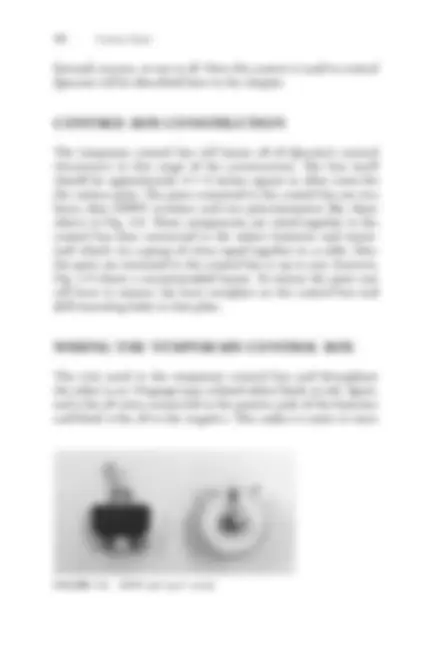
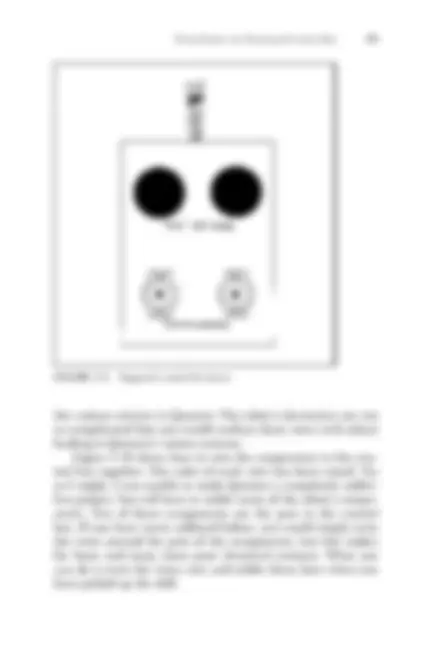
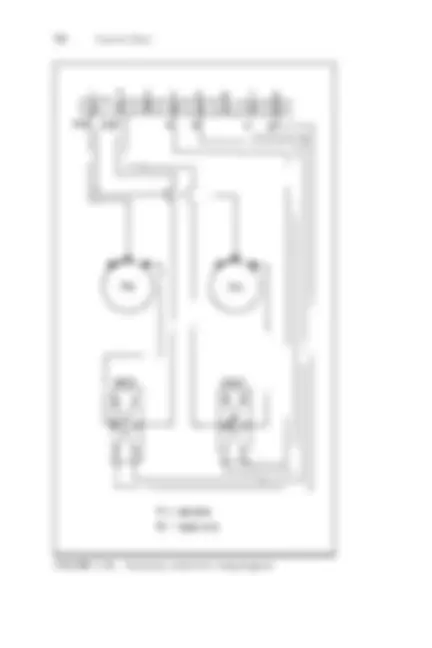



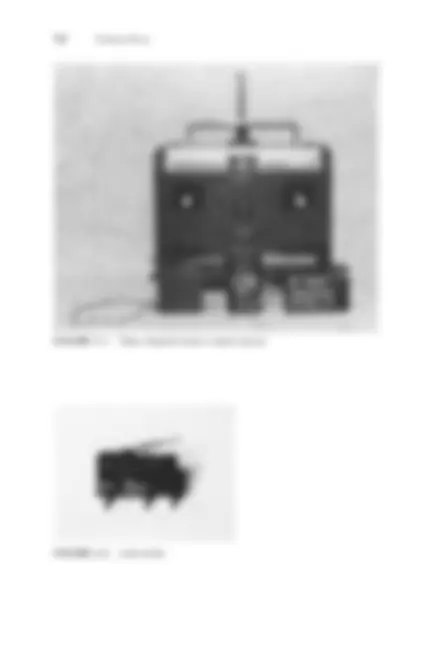

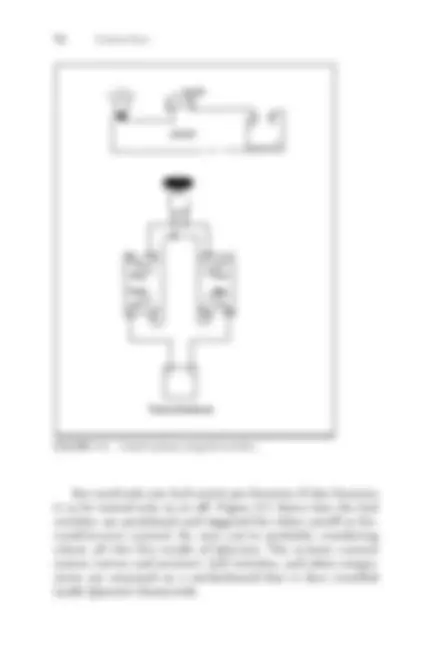
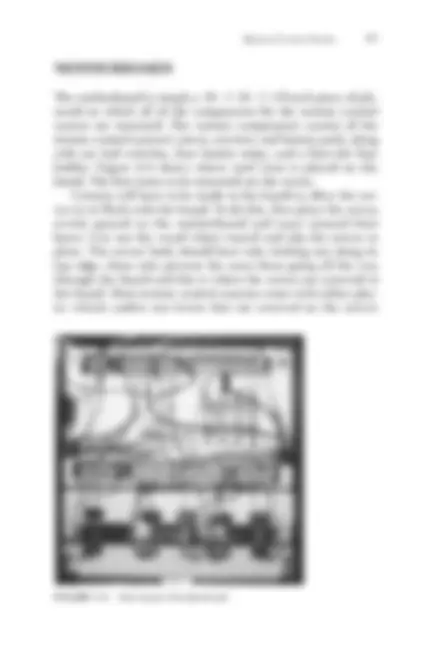
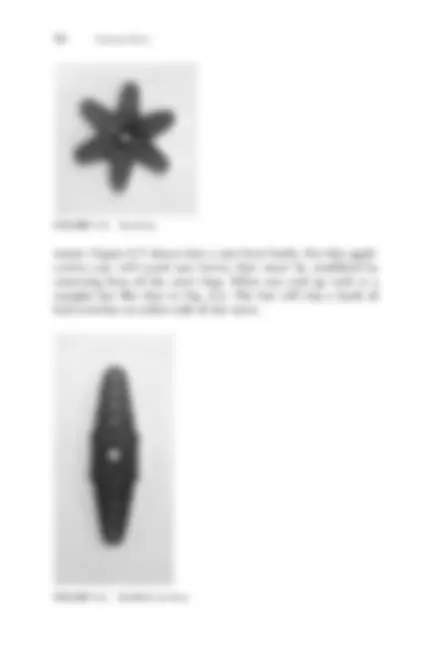
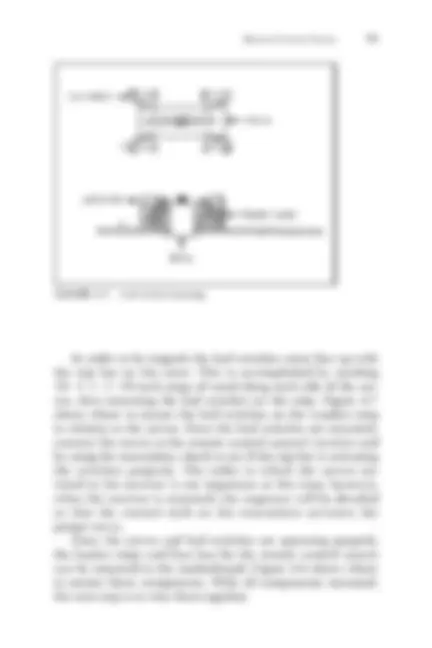


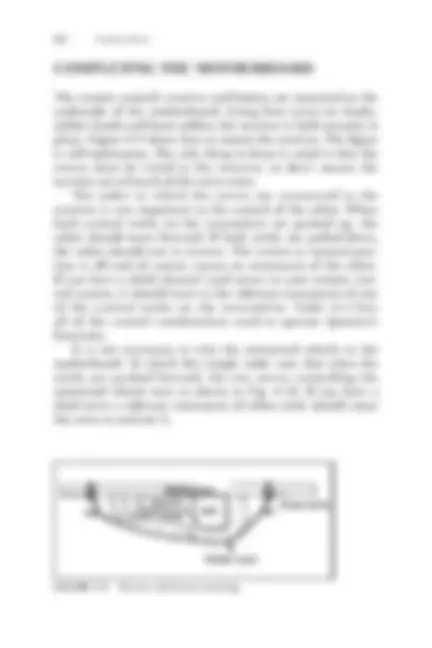
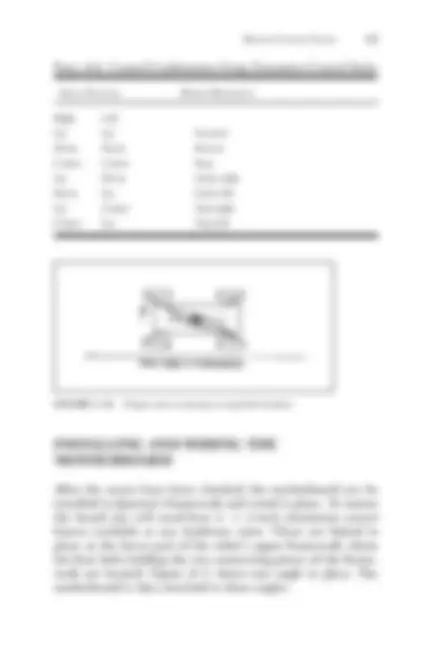
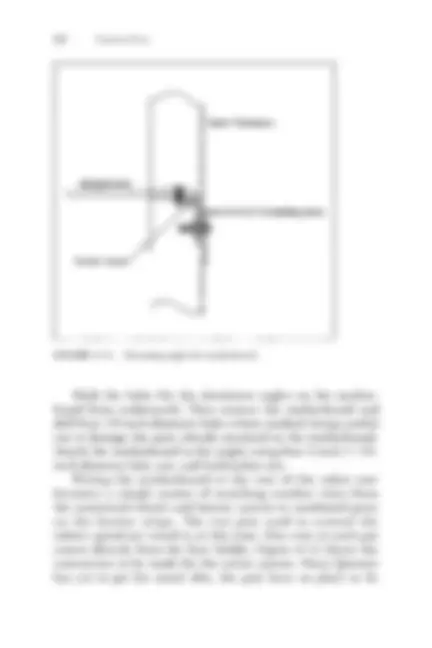
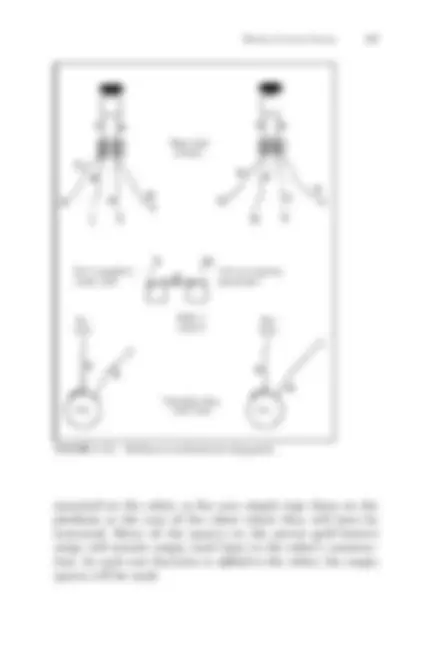

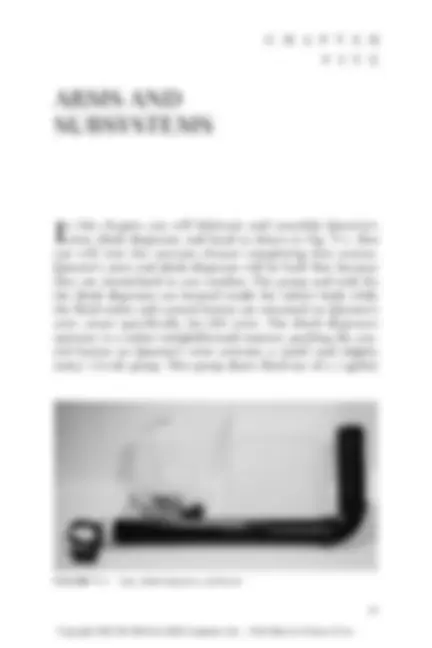


Estude fácil! Tem muito documento disponível na Docsity

Ganhe pontos ajudando outros esrudantes ou compre um plano Premium


Prepare-se para as provas
Estude fácil! Tem muito documento disponível na Docsity
Prepare-se para as provas com trabalhos de outros alunos como você, aqui na Docsity
Os melhores documentos à venda: Trabalhos de alunos formados
Prepare-se com as videoaulas e exercícios resolvidos criados a partir da grade da sua Universidade
Responda perguntas de provas passadas e avalie sua preparação.

Ganhe pontos para baixar
Ganhe pontos ajudando outros esrudantes ou compre um plano Premium
Comunidade
Peça ajuda à comunidade e tire suas dúvidas relacionadas ao estudo
Descubra as melhores universidades em seu país de acordo com os usuários da Docsity
Guias grátis
Baixe gratuitamente nossos guias de estudo, métodos para diminuir a ansiedade, dicas de TCC preparadas pelos professores da Docsity
mecatronica e robotica
Tipologia: Notas de estudo
1 / 145

Esta página não é visível na pré-visualização
Não perca as partes importantes!





























































































McGraw-Hill New York • Chicago • San Francisco • Lisbon • London • Madrid Mexico City • Milan • New Delhi • San Juan • Seoul Singapore • Sydney • Toronto
Copyright © 2002 by The McGraw-Hill Companies, Inc. All rights reserved. Manufactured in the United States of America. Except as permitted under the United States Copyright Act of 1976, no part of this publication may be reproduced or distributed in any form or by any means, or stored in a data- base or retrieval system, without the prior written permission of the publisher.
0-07-140964-
The material in this eBook also appears in the print version of this title: 0-07-138543-
All trademarks are trademarks of their respective owners. Rather than put a trademark symbol after every occurrence of a trademarked name, we use names in an editorial fashion only, and to the benefit of the trademark owner, with no intention of infringement of the trademark. Where such designations appear in this book, they have been printed with initial caps. McGraw-Hill eBooks are available at special quantity discounts to use as premiums and sales pro- motions, or for use in corporate training programs. For more information, please contact George Hoare, Special Sales, at george_hoare@mcgraw-hill.com or (212) 904-4069.
TERMS OF USE This is a copyrighted work and The McGraw-Hill Companies, Inc. (“McGraw-Hill”) and its licensors reserve all rights in and to the work. Use of this work is subject to these terms. Except as permitted under the Copyright Act of 1976 and the right to store and retrieve one copy of the work, you may not decompile, disassemble, reverse engineer, reproduce, modify, create derivative works based upon, transmit, distribute, disseminate, sell, publish or sublicense the work or any part of it without McGraw-Hill’s prior consent. You may use the work for your own noncommercial and personal use; any other use of the work is strictly prohibited. Your right to use the work may be terminated if you fail to comply with these terms. THE WORK IS PROVIDED “AS IS”. McGRAW-HILL AND ITS LICENSORS MAKE NO GUAR- ANTEES OR WARRANTIES AS TO THE ACCURACY, ADEQUACY OR COMPLETENESS OF OR RESULTS TO BE OBTAINED FROM USING THE WORK, INCLUDING ANY INFORMA- TION THAT CAN BE ACCESSED THROUGH THE WORK VIA HYPERLINK OR OTHERWISE, AND EXPRESSLY DISCLAIM ANY WARRANTY, EXPRESS OR IMPLIED, INCLUDING BUT NOT LIMITED TO IMPLIED WARRANTIES OF MERCHANTABILITY OR FITNESS FOR A PARTICULAR PURPOSE. McGraw-Hill and its licensors do not warrant or guarantee that the func- tions contained in the work will meet your requirements or that its operation will be uninterrupted or error free. Neither McGraw-Hill nor its licensors shall be liable to you or anyone else for any inac- curacy, error or omission, regardless of cause, in the work or for any damages resulting therefrom. McGraw-Hill has no responsibility for the content of any information accessed through the work. Under no circumstances shall McGraw-Hill and/or its licensors be liable for any indirect, incidental, special, punitive, consequential or similar damages that result from the use of or inability to use the work, even if any of them has been advised of the possibility of such damages. This limitation of lia- bility shall apply to any claim or cause whatsoever whether such claim or cause arises in contract, tort or otherwise.
DOI: 10.1036/
abc
David Shircliff is a teacher at Seneca Ridge Middle School in Loudon County, Virginia, where he teaches classes in technology education. A dedicated electronics enthusiast, Mr. Shircliff has been researching and building robots for over 20 years.
Copyright 2002 The McGraw Hill Companies, Inc. Click Here for Terms of Use.
vii
Preface ix Introduction xi
CHAPTER ONE. THE MOTORIZED PLATFORM 1
Preparing Motorized Wheels 1 The Platform 4 Mounting Wheels 6 Third Castor Wheel 9 Finishing Touches 11
CHAPTER TWO. BODY FRAMEWORK 13
Cutting Aluminum 13 Drilling and Cutting the Sections 15 Assembling Framework 30 Mounting Framework on the Platform 34 Mounting the Vacuum Outlet 35
CHAPTER THREE. POWER SUPPLY AND TEMPORARY CONTROL BOX 39
Mounting Batteries and Barrier Strips 39 Wiring Platform 43 Temporary Control Box 45 Control Box Construction 48 Wiring the Temporary Control Box 48 Using the Control Box 51
Copyright 2002 The McGraw-Hill Companies, Inc. Click Here for Terms of Use.
For more informatiom regarding this title, click here
I
n recent years robots have captured the interest of more and more people. Thanks to movies and TV, the notion of the robot as a mechanical companion and servant has become a common concept. As interest in robots grew, a number of books showing how to build robots at home began to appear. These books, however, were very technical, showing how to build computer-controlled mobile platforms that are consid- ered by most to be true robots. My interest in robots leaned more toward the popular con- cept of robots as humanlike friends and servants. I did not have the technical skill or funds to build a computer-controlled robot, so I decided to develop a robot that would fit the popu- lar image of robots and not be too difficult to complete or expensive to build. The result was Questor. While working on Questor, I tried to develop a project that I, as a beginner, could complete with little technical skill, using tools I had in my workshop. Also, I wanted Questor to look and function like a robot butler, a form I felt best fit the friend/servant theme. For this reason I needed a people-sized robot that would have great presence. I concentrated more on form than sophistication to develop an impressive looking, but relatively simple-to-build, project—a beginner’s project. Later, when I decided to write a book about the project, I wanted to avoid weaknesses I found in other how-to robot books. This book is heavily illustrated, helping to take the guesswork out of Questor’s construction. Next, the book deals only with the construction of the robot, and not the theories on which it is based. This type of information is best derived from specialty electronics and robotics books. I have included
ix
Copyright 2002 The McGraw-Hill Companies, Inc. Click Here for Terms of Use.
a list of books and magazines that supply information, as well as other possible sources for robot kits and parts. It is my hope that you will use this book not only to build your own version of Questor, but to guide you in creating your own unique robot. This way your robot will reflect your knowl- edge and skill as a builder. Also, I hope that your robot will be used as a test bed for other robotics projects. If you are like me, once you build your own robot, you’ll always be trying to improve it.
David R. Shircliff
x PREFACE
would like to have. It applies more specifically to those types of robots at work in factories all over the world, shown here in Figs. I-2 through I-4. These assembly line type robots can do everything from welding a car (then painting it) to assembling delicate electronics components, all automatically, 24 hours a day if needed, and without a break. They don’t get sick (although when they do break down, they can be easily repaired or even replaced), ask for pay raises, or any pay for that matter, and can be retrained to do another job in a matter of minutes by simply changing the job program in their control computers. If you look again at Figs. I-2 through I-4, you will see that while the device most certainly looks mechanical, it does not look like a human. Instead it takes the shape of the most useful part of the human anatomy, from a robot stand- point, the arm. Both these definitions seem to be correct in their specific case, but there is a middle family between the simple auto- mated device and the sophisticated computer-controlled
xii INTRODUCTION
FIGURE I-1. The robots of the play R.U.R. (Rossum’s Universal Robots) attack their human masters. (Courtesy of New York Public Library at Lincoln Center.)
manipulator. This middle family is that of the show robot or showbot. Questor, the robot outlined in this book, is a mem- ber of the showbot family. Figures I-5 through I-8 picture examples of commercial show robots. A showbot in most cases has no computer brain. Instead it is controlled via a remote control system operated by a person somewhere out of sight. You might have seen or heard of a
INTRODUCTION xiii
FIGURE I-2. An industrial robot. ( Courtesy of Cincinnati Milacron. )
showbot entertaining groups of fascinated people in shopping malls or on TV as characters in movies. I even read about a showbot delivering a speech at a college graduation. Showbots, however, can be adapted for use in the home. This book lays the groundwork to construct one such home showbot, Questor. (See Figs. I-9 and I-10.) Questor was designed to look like and function like a butler. There is a drink dispenser built into his arm and a vacuum port in his mobile platform. I felt these two functions are what most people expect a robot servant to do. The arms, which help promote Questor’s humanoid shape, are nonfunctional; they serve only to hold the serving tray. The hands are made of two auto drink holders. A button located on the wrist (the area above where the hands are bolted on) controls the drink dispenser. His head is a lamp, and there are two headlights on the front of the mobile platform. These lights not only help the operator guide the showbot at night, but they are very useful during power blackouts. There is also a 12-volt direct current (dc) ciga- rette lighter plug on the side of the base. This is used to run bat- tery-powered appliances such as portable radios or TVs off the robot’s batteries.
INTRODUCTION xv
FIGURE I-5. Showbots come in many shapes and sizes. ( Courtesy of Ken Zaken, Robots 4 Fun. )
A horn located on the lower part of the front body panel announces Questor’s presence. I plan to add a tape recorder for prerecorded messages. This is something you could consider designing into your showbot. Finally, his body panels and arms were painted to look as though Questor is wearing a tuxedo jacket, and a light-up bow tie completes the look. I also designed Questor so he could be built using tools found in a home workshop and parts available in local hard- ware and electronics stores. However, there are a few parts you will have to order. The following list of what I’ve deter- mined are “must buy parts” shows items you will need to pur- chase before starting construction. The address for a parts supplier, Herbach & Rademan Company, is listed in Sources in the back of the book.
xvi INTRODUCTION
FIGURE I-6. The Six-T showbot can blow up balloons! ( Courtesy of The Robot Factory. )
remote control system, as are the rest of the parts, is a standard off-the-shelf item. At this point, you should read through the book to famil- iarize yourself with the diagrams, photographs, parts lists, and overall format. Once you plan your showbot, you can order the “must buy” items. You are now ready to enter the fascinat- ing world of robotics.
But first, a review of the basics. The construction of a remote-controlled robot, while not easy, need not be difficult. My motto when designing and building Questor was “keep it simple, stupid” (KISS)! The
xviii INTRODUCTION
FIGURE I-8. Quadracon and friend Peeper. ( Courtesy of Pelican Beach LLC, successor to ShowAmerica Inc. )
INTRODUCTION xix
FIGURE I-9. Questor the robot servant (front view).
FIGURE I-10. Side view.